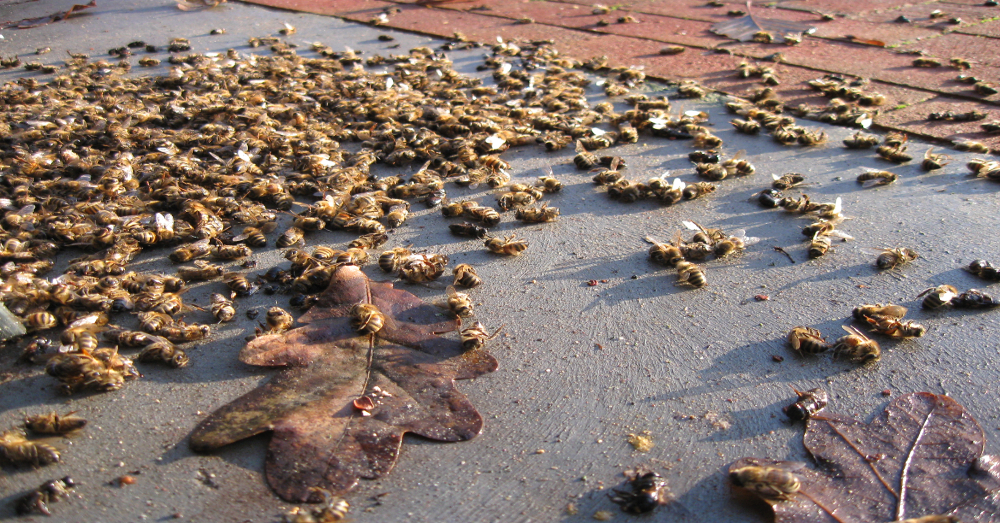
EPA Violated the Law When It Approved 59 Bee-Killing Pesticides
The Environmental Protection Agency will have some work to do, now that a federal court has decided it didn't comply with the Endangered Species Act. You see, the EPA approved the registrations for 59 pesticide products without first consulting with the US Fish and Wildlife Service on whether those chemicals posed a risk to endangered species.
May 18, 2017 | Source: Truth Out | by Susan Bird
The Environmental Protection Agency will have some work to do, now that a federal court has decided it didn’t comply with the Endangered Species Act. You see, the EPA approved the registrations for 59 pesticide products without first consulting with the US Fish and Wildlife Service on whether those chemicals posed a risk to endangered species.
The court held that the EPA improperly approved 38 pesticides containing Thiamethoxam, and 21 pesticides containing Clothianidin.
Oops.
It’s quite a big “oops,” actually, because these pesticides are all neonicotinoids. If that term sounds familiar, it’s because that’s the type of insecticide many scientists believe has been killing bees for the last decade.
Neonicotinoids are thought to be responsible for the phenomenon called “colony collapse disorder,” in which entire bee colonies just disappear almost overnight. The worker bees leave their hives and their queen behind, but no one knows where they go. American beekeepers began reporting this phenomenon in 2006.
Farmers use seeds coated with neonicotinoid insecticides on an incredible 150 million acres of cropland. We now grow our soybeans, corn, cotton, wheat and some fruits and vegetables this way. And neonicotinoid seed coatings vastly increased the percentage of crops that are exposed to insecticides.
Once, perhaps 30 percent of corn acres were treated with insecticides, but after the introduction of neonic seed coating in the mid-2000s, 80 to almost 100 percent of corn crops are now routinely exposed.
Neonicotinoid insecticides work differently than other insecticides because they are systemic. And that means the plant actually absorbs the treatment, so it’s present in its pollen, nectar, crop tissues/residues, roots and so on.
You can’t wash this stuff off — it becomes part of the plant. So, yes, that means you’re eating it too. Neonicotinoids are known to be persistent in soil and soluble in water, according to the Center for Food Safety.
This lawsuit was brought by the Center for Food Safety, Beyond Pesticides, the Sierra Club, the Center for Environmental Health and four beekeepers.
